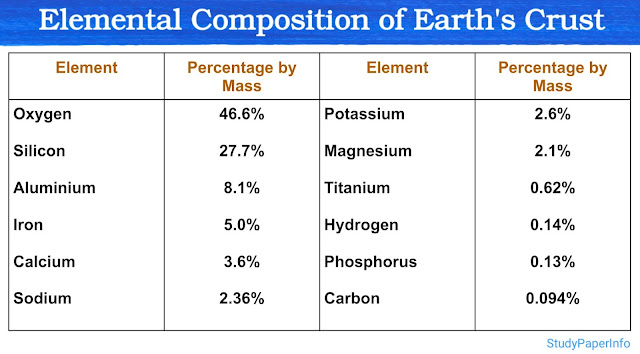What are the common features of the signaling system?
Cell signaling is the way cells talk to each other and respond to their environment. It involves a series of biochemical steps where an external signal (like a hormone, neurotransmitter, or growth factor) binds to a specific receptor on the cell surface or inside the cell. This interaction starts a chain of events inside the cell which finally brings a proper cellular response. These signals help regulate important processes like cell growth, division, metabolism, immune defense and programmed cell death (apoptosis). Although there are different types of signaling pathways, most of them follow a common set of features that help in maintaining the accuracy, strength and timing of the signal inside the body.
Common Features of the Signaling System
1. Specificity
Each signaling molecule, also called a ligand, is recognized by only its specific receptor. These receptors are usually proteins present either on the cell membrane or inside the cell. This receptor-ligand specificity ensures that only the right cell receives and responds to the message and wrong or unrelated cells do not get affected. This high specificity prevents miscommunication between cells.
2. Amplification
One signal molecule can activate many internal signaling molecules through a cascade of biochemical reactions. For example, one hormone molecule can activate several enzymes and each of those enzymes can produce hundreds of molecules as response. This chain reaction is called a "signaling cascade" or "amplification" which helps to magnify the effect of even a small amount of signal.
3. Desensitization or Adaptation
If a signal remains present for a long time, the cell starts to ignore it. This is known as desensitization. For example, if a cell continuously gets stimulated, it might reduce the number of receptors or deactivate some pathway molecules. This helps protect the cell from overstimulation and allows it to maintain balance.
4. Integration
Cells often receive multiple signals at the same time. These may be positive (activating) or negative (inhibiting). The signaling system integrates all these different signals and gives a final, balanced response. This integration ensures that the cell responds correctly even when it is exposed to complex and changing conditions.
5. Termination
Once the signal has been transmitted and the required response is done, the signaling process is stopped or terminated. This is important to avoid overreaction or unnecessary continuation. Termination happens through degradation of signaling molecules, removal of the ligand, or deactivation of the receptor or downstream proteins. This reset allows the cell to be ready for the next signal.


Comments
Post a Comment